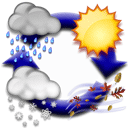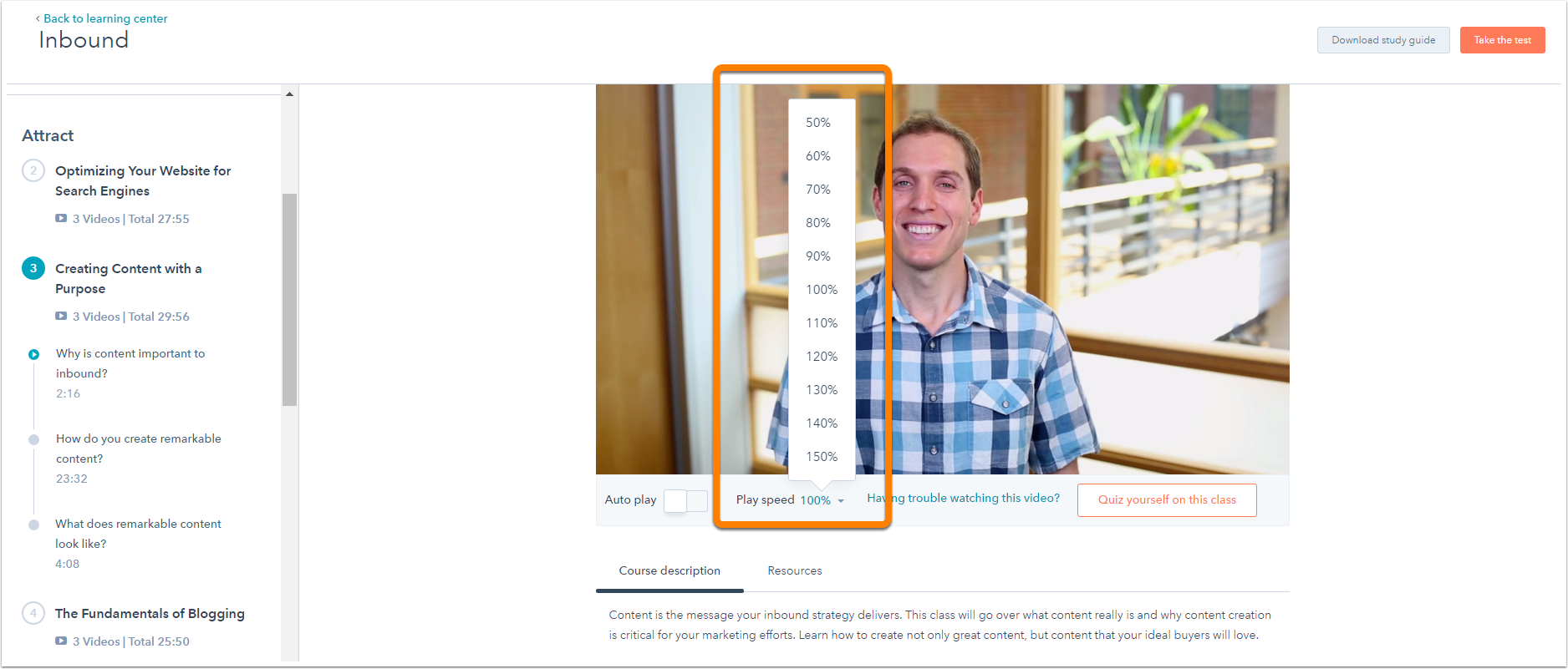Does your business peak at certain times of the year? Understanding the  seasonality of your business and strategically planning your inbound marketing according to these trends can make a significant impact on your results. As we just recently passed the back to school season, "school supplies" is an excellent example of a keyword that peaks in August and September; volume decreases significantly for this term for the duration of the year. You may find that you have terms with similar seasonal peaks that are a core part of your business.
seasonality of your business and strategically planning your inbound marketing according to these trends can make a significant impact on your results. As we just recently passed the back to school season, "school supplies" is an excellent example of a keyword that peaks in August and September; volume decreases significantly for this term for the duration of the year. You may find that you have terms with similar seasonal peaks that are a core part of your business.

Gaining control and managing this aspect as part of your marketing plan can 1) make a significant impact on your inbound marketing strategy and 2) set you apart as having the most relevant content against your competitors. Depending on what business you are in, there are a variety of factors may contribute to seasonality in your business including weather, holidays, gift giving times of year, sport seasons, budgets becoming available, and many more depending on your Customer Personas.
How to Begin Assessing Seasonality in Your Business
Understanding your customer persona and identifying trends in search volume fluctuations will help you master whether there are seasonal factors impacting your business. If you have been tracking results year over year, your internal historic data can also be extremely insightful.
Use Google Insights for Search to understand seasonal fluctuations in search volume for keywords highly relevant to your business. It's a free tool you can utilize to measure fluctuations annually and year over year. This tool allows you to gain trending insights for individual keywords, compare trends of multiple keywords, and understand geographic interest as it relates to Google's overall search volume. The example below illustrates the uptick in search volume using the "school supplies" example. As we suspected, volume for this term significantly increases in the August/September time frame annually.

How Understanding Seasonality Can Influence Your Inbound Marketing Strategy
1) Blogging: In advance of seasonal peaks, creating blog articles optimized around seasonal keywords is an excellent strategy. By creating and optimizing content around these terms, you will increase your likelihood of getting found by the search engines and you also provide yourself with an opportunity to promote this content and showcase your offerings as the upcoming season approaches.
2) Calls to Action: Ensuring that you have visible calls to action relevant to the season across your site and contained in your blog articles can make a significant impact in your results. By providing visible calls to action aligned with seasonal timing will lead your site visitors to become more engaged on your site. It will likely influence your audience to see you as relevant once they are ready to make a purchasing decision. You should also be mindful of "off peak" times and consider providing calls to action relevant to your customer mindset during off peak hours.
3) Social Media: Promoting your blog content, calls to action, and landing pages through Social Media will showcase your brand as relevant to the upcoming/current seasonal conversations and will prompt your followers to become interested in your content. Relevancy is key in all aspects of Inbound Marketing and highlighting the work you are doing through Social Media will equip your audience with the right content at the right time!
4) Email Marketing & Lead Nurturing: Creating email marketing and lead nurturing campaigns relevant to seasonality will further enhance your relevance as you appear in your leads' inboxes. Showcasing your calls to actions consistent with the time of year and providing your leads with opportunities to address their seasonal needs may significantly impact your lead to customer results. Timing is everything!
Contact us if you want to write a guest blog article about how seasonality changes your marketing strategies.









